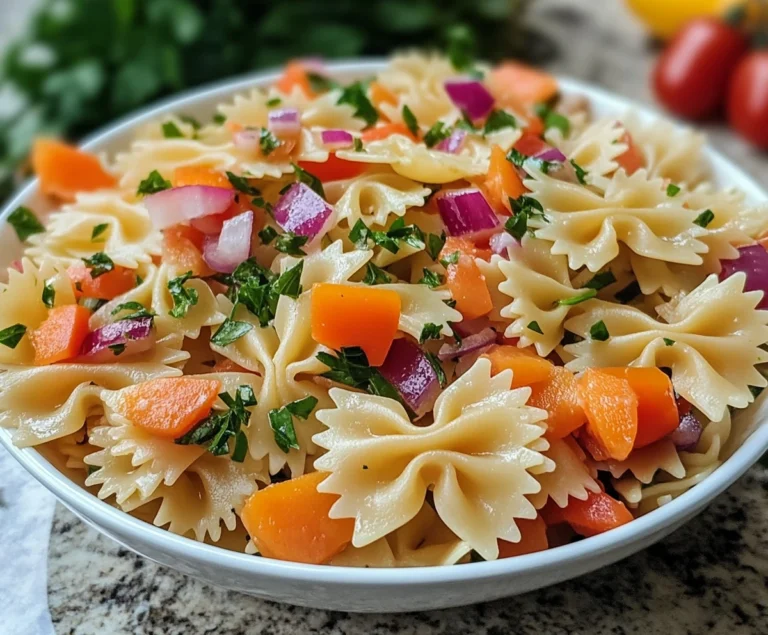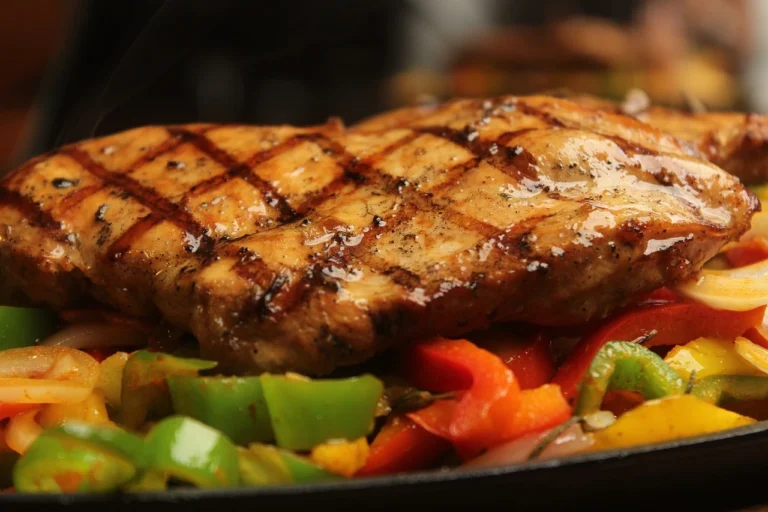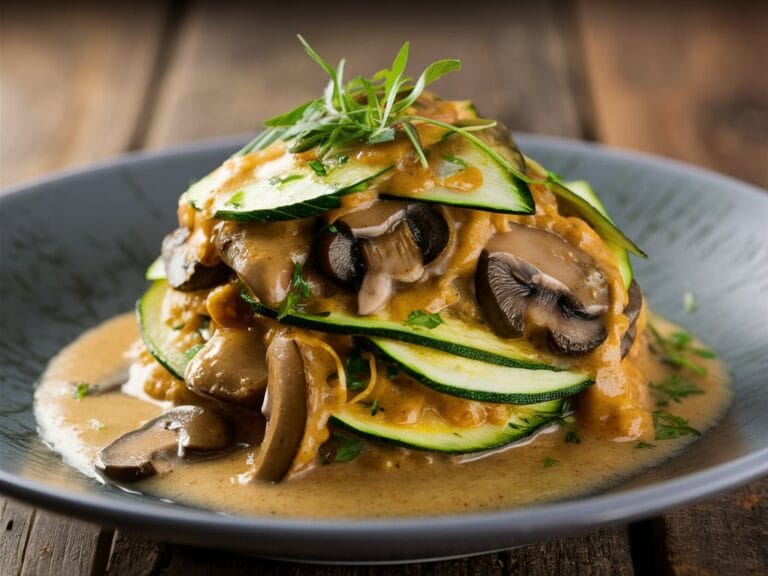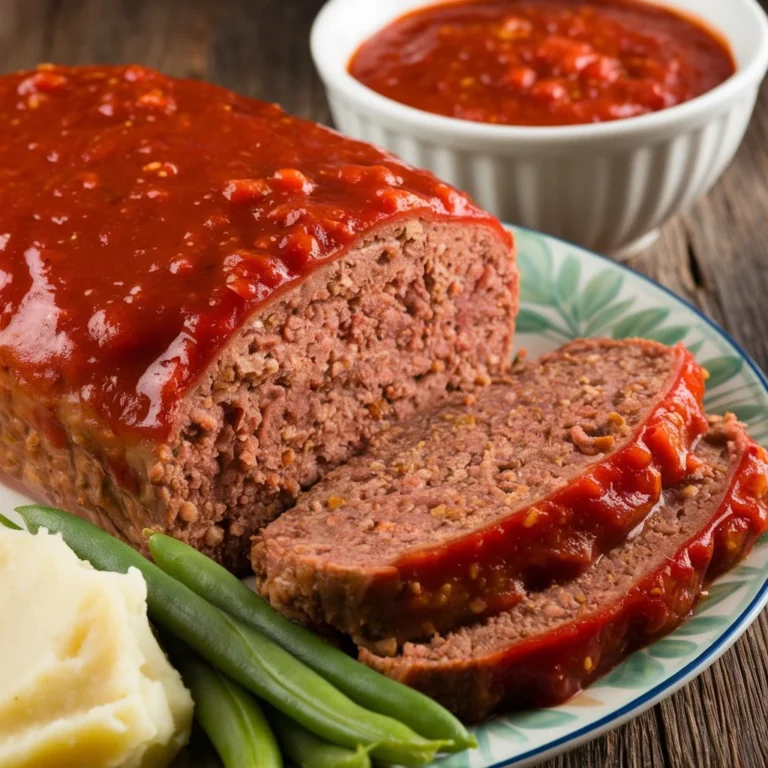Why Does My Potato Soup Have No Flavor?
Potato soup is a hearty, comforting dish, perfect for cold weather or as a satisfying meal any time of year. But there’s nothing more disappointing than spending time in the kitchen, carefully preparing your ingredients, only to find that your potato soup tastes bland. Why does this happen? And more importantly, how can you fix it? This comprehensive guide will explore all the common reasons why your potato soup might lack flavor and provide practical tips and tricks to elevate your soup from dull to delicious.
The Common Culprits Behind Bland Potato Soup
The flavor of potato soup can easily fall flat due to a variety of factors. Let’s break down the most common reasons:
1. Insufficient Seasoning
Potatoes are like flavor sponges—they absorb salt and other seasonings. If you don’t season your soup properly throughout the cooking process, it will taste bland. Adding salt only at the end doesn’t allow the flavors to develop and deepen.
2. Too Much Starch
Overcooking your potatoes can release too much starch into the soup, creating a gluey texture that mutes other flavors. Potatoes should be cooked until just tender, not mushy, to preserve their texture and flavor.
3. Lack of Aromatics
Aromatics like onions, garlic, and leeks are essential for building a flavorful soup base. Without these key ingredients, your soup will taste one-dimensional.
4. Not Enough Fat
Fats such as butter, cream, or olive oil are crucial in soup-making. Fat helps carry and enhance flavors, giving the soup a rich and satisfying mouthfeel. Without enough fat, the soup can taste thin and weak.
5. Weak Broth or Stock
Using water instead of broth is a big mistake when making potato soup. A flavorful broth provides a deep, savory foundation. If you use weak or bland broth, the entire soup will suffer.
6. Overpowering or Missing Ingredients
Sometimes, it’s not about what you didn’t add but what you added too much of. Overpowering flavors, like too much starch or excessive spices, can mask the delicate flavors of the potatoes and other ingredients.
Step-by-Step: How to Fix Bland Potato Soup
Now that we’ve identified the common problems, let’s focus on the solutions. Here’s how to fix bland potato soup and take it to the next level.
1. Proper Seasoning: The Key to Flavorful Potato Soup
When it comes to seasoning, salt is your best friend—but only if used correctly. Potatoes absorb salt, so simply sprinkling some on at the end won’t cut it. Instead, you need to season at every stage of the cooking process.
- Gradual Seasoning: Add small amounts of salt as you sauté your aromatics, after adding your broth, and when the potatoes are about halfway cooked. This ensures that the seasoning penetrates each layer of the soup, rather than sitting on top.
- Use a Salt Variety: Experiment with kosher salt, sea salt, or even flavored salts like smoked salt for extra depth.
- Enhance with Spices: Salt alone might not be enough. Add a dash of black pepper, paprika, or cayenne pepper to give the soup some kick. You can also incorporate herbs like thyme, rosemary, or parsley to layer the flavors.
2. Aromatics: Building a Strong Flavor Base
Aromatics such as onions, garlic, and leeks are the foundation of any good soup. Without them, your soup will lack complexity and taste flat. Start by sautéing your aromatics in butter or olive oil until they’re soft and golden.
- Onions and Garlic: These two ingredients are non-negotiable. Onions provide a sweet, savory flavor, while garlic adds pungency. Sauté them slowly over low heat to draw out their natural sweetness.
- Leeks and Celery: Leeks are sweeter and more delicate than onions, and they pair beautifully with potatoes. Celery adds a subtle, herbal flavor that complements the richness of the soup.
If you’re interested in exploring how aromatics, particularly garlic, enhance flavor in cooking, you can check out this guide on building a flavorful base with aromatics.
3. Using Fat and Dairy to Boost Flavor
Fat is essential for carrying flavors and creating a silky texture. Adding butter, cream, or cheese not only improves the mouthfeel but also amplifies the flavors of the other ingredients.
- Butter: Start your soup by sautéing the aromatics in butter for a rich, luxurious base.
- Cream: Add cream or half-and-half toward the end of the cooking process to thicken the soup and add richness. If you’re using milk, be aware that it won’t provide the same level of creaminess.
- Cheese: Sharp cheddar or Parmesan can add depth and a satisfying umami flavor. Be sure to grate the cheese finely so it melts smoothly into the soup.
- Olive Oil: If you want a lighter soup, drizzle some olive oil over the soup just before serving for a fresh, peppery flavor.
4. Balancing Flavors with Acidity
Sometimes, a bland soup just needs a bit of acid to lift the flavors. Adding a splash of lemon juice, a dash of vinegar, or even a spoonful of sour cream can brighten the soup and balance out the richness of the dairy and fat.
- Lemon Juice: A squeeze of lemon added at the end can help cut through the richness and add a fresh, zesty flavor.
- Vinegar: A dash of white wine vinegar or apple cider vinegar can provide a gentle tang that enhances all the other flavors in the soup.
- Sour Cream or Greek Yogurt: For a creamy, tangy finish, stir in a spoonful of sour cream or yogurt just before serving.
5. Enhancing Flavor with Broth
The quality of your broth or stock can make or break your soup. While water works in a pinch, a flavorful broth adds depth and complexity that water simply can’t provide. If possible, use homemade chicken or vegetable broth for the best results.
- Homemade Broth: Simmer chicken bones or vegetable scraps with aromatics like carrots, onions, and celery to create a rich, flavorful broth.
- Store-Bought Broth: If you don’t have time to make broth from scratch, opt for a high-quality store-bought broth. Look for low-sodium varieties so you can control the salt content.
- Broth vs. Stock: Stock is made from bones and has a richer, more gelatinous texture, while broth is made with meat and is lighter. Either can be used for potato soup, but stock will result in a heartier, more flavorful base.
Elevating Potato Soup: Advanced Techniques and Ingredients
If you’ve already mastered the basics and want to take your potato soup to the next level, here are some advanced tips and techniques to consider:
1. Roasting the Potatoes
Roasting your potatoes before adding them to the soup can bring out their natural sweetness and add a caramelized, slightly smoky flavor. This is especially effective if you’re using Yukon Gold or red potatoes, which have a naturally buttery texture.
- How to Roast Potatoes for Soup: Cut your potatoes into chunks, toss them with olive oil, salt, and pepper, and roast in the oven at 400°F until they’re golden brown. Add them to your soup during the final simmering stage for a deeper, richer flavor.
- Roasted Garlic: If you’re roasting the potatoes, throw a few cloves of garlic into the pan. Roasted garlic has a sweet, mellow flavor that complements the potatoes perfectly.
2. Layering Flavors
One of the secrets to a flavorful soup is layering your flavors throughout the cooking process. This means starting with a flavorful base (like aromatics sautéed in butter), gradually adding your potatoes and broth, and seasoning at every stage.
- Sautéing Aromatics: As mentioned earlier, start by sautéing onions, garlic, and leeks in butter or olive oil. This step builds the first layer of flavor.
- Adding Spices and Herbs: Add your spices and herbs halfway through cooking so their flavors can infuse the broth. Fresh herbs should be added toward the end to preserve their brightness.
- Finishing with Acidity: As the soup finishes cooking, add a splash of lemon juice or vinegar to balance the richness of the soup and brighten the flavors.
3. Using Umami-Rich Ingredients
If your soup still tastes bland despite all your efforts, it may be lacking in umami—the “fifth taste” that adds depth and complexity to food. Here are a few ingredients you can use to boost the umami in your potato soup:
- Bacon or Ham: Adding a small amount of bacon or smoked ham can add a smoky, savory flavor that complements the mildness of the potatoes.
- Miso Paste: A spoonful of miso paste stirred into the soup adds a deep, earthy umami flavor. Be sure to add it at the end of cooking to preserve its delicate flavor.
- Parmesan Rind: If you have a Parmesan rind lying around, toss it into the pot while the soup simmers. It will infuse the soup with a subtle, savory flavor.
4. Cheese, Bacon, and Garnishes
For those who love rich and indulgent potato soup, toppings like cheddar cheese, bacon bits, and sour cream can add a lot of flavor and texture to each bite.
- Shredded Cheddar: Adding shredded cheddar cheese will make your soup more savory and creamy.
- Crispy Bacon Bits: Sprinkle bacon on top to add crunch and a smoky undertone.
- Chives and Sour Cream: Chives add a fresh herbal note, while sour cream provides tanginess to balance the richness of the cheese and bacon.
Creative Potato Soup Variations
If you’ve mastered the classic potato soup and want to try something new, here are a few creative variations to consider:
1. Smoked Potato Soup
For a bold, smoky flavor, you can incorporate smoked ingredients like bacon, ham hocks, or even smoked paprika. Adding these ingredients to your potato soup will give it a rich, smoky undertone that pairs perfectly with the creamy potatoes.
- How to Make It: Start by sautéing onions and garlic in bacon fat, then add smoked ham hocks or bacon to the pot. Simmer with broth and potatoes until the potatoes are tender, and finish with a splash of cream and a sprinkle of smoked paprika.
2. Loaded Baked Potato Soup
This variation takes all the flavors of a loaded baked potato and transforms them into a creamy, comforting soup. Topped with cheddar cheese, bacon, sour cream, and chives, it’s the ultimate comfort food.
- How to Make It: Start by making a classic potato soup, then stir in sour cream, shredded cheddar cheese, and crispy bacon bits. Serve with additional cheese, bacon, and chives on top.
3. Potato and Leek Soup
For a lighter, more delicate flavor, try making a potato and leek soup. The sweetness of the leeks pairs beautifully with the creaminess of the potatoes, and a touch of cream adds richness without overpowering the other flavors.
- How to Make It: Sauté leeks and garlic in butter until soft, then add potatoes and broth. Simmer until the potatoes are tender, then puree the soup for a silky texture. Finish with a splash of cream and a sprinkle of fresh herbs.
4. Spicy Potato Soup
If you like a little heat, try making a spicy version of potato soup by adding cayenne pepper, paprika, or even jalapeños. The heat will balance the creaminess of the soup and add an exciting twist.
- How to Make It: Add diced jalapeños and a pinch of cayenne pepper when sautéing your aromatics. You can also sprinkle some smoked paprika for a subtle smoky spice.
Frequently Asked Questions About Potato Soup
Why does my potato soup still taste bland after seasoning?
Even if you’ve added salt, your soup might still taste bland if you didn’t add enough aromatics or fat. Additionally, a splash of acid—like lemon juice or vinegar—can help balance the flavors and brighten the soup.
Can I use milk instead of cream in potato soup?
Yes, you can use milk, but keep in mind that cream will result in a richer, thicker soup. Milk will produce a lighter texture and flavor, which might not be as satisfying in a hearty potato soup.
What can I add to potato soup for more flavor?
To add more flavor, try incorporating ingredients like bacon, cheddar cheese, garlic, and herbs. A touch of smoked paprika or a squeeze of lemon juice can also brighten the flavors.
Conclusion
With a little attention to detail, you can easily transform a bland potato soup into a rich, flavorful dish that’s comforting and satisfying. By using proper seasoning techniques, adding aromatics, incorporating fats, and finishing with acidity, you can create layers of flavor that elevate your soup. Don’t be afraid to experiment with different toppings like bacon, cheese, and herbs or to try creative variations like spicy or loaded baked potato soup.
Mastering the art of making delicious potato soup takes practice, but once you’ve got the basics down, you’ll never have to suffer through a bowl of bland soup again!







